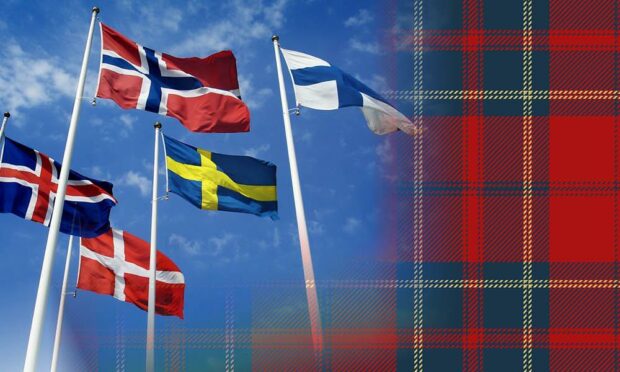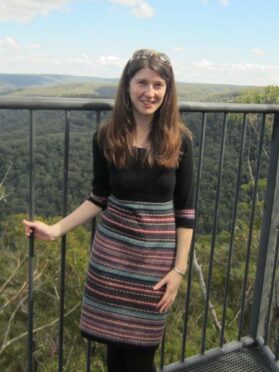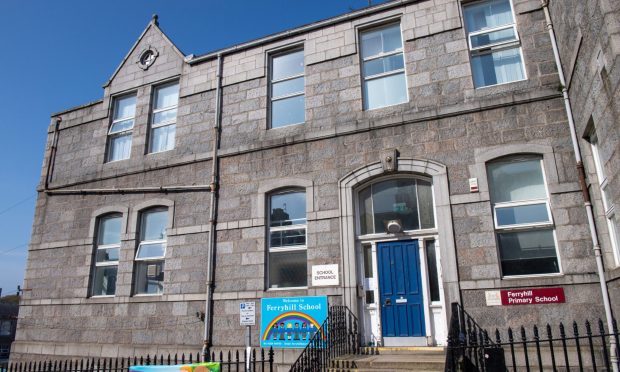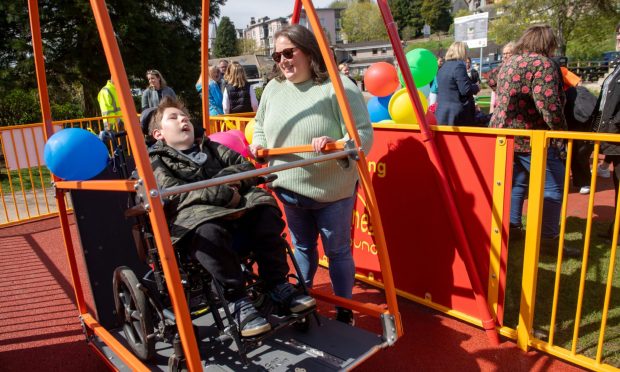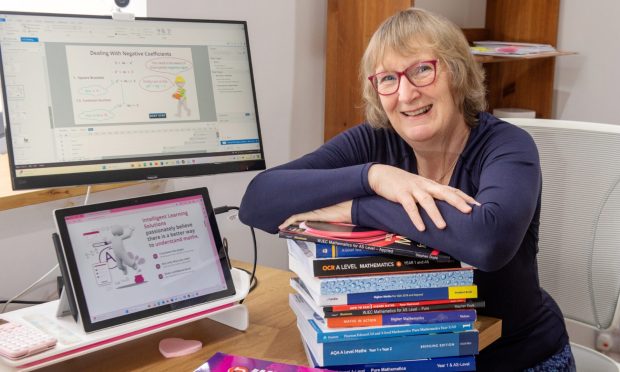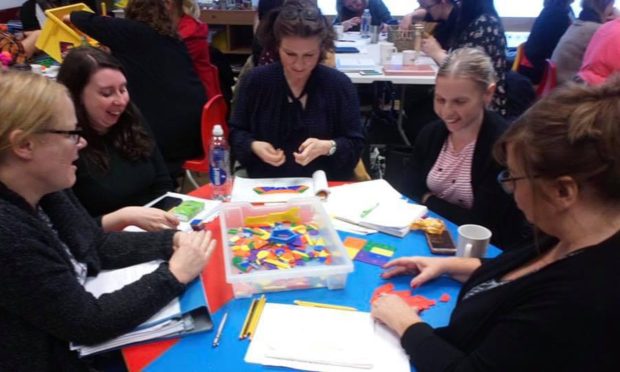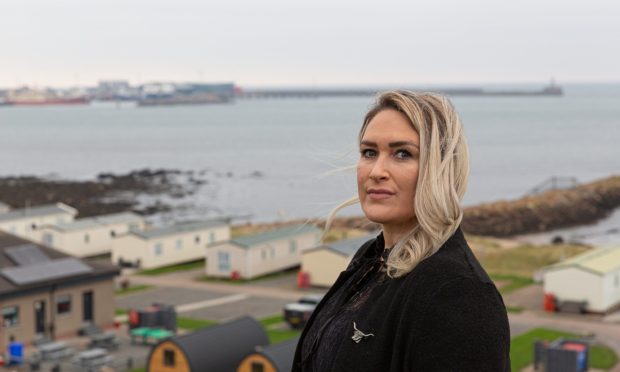Though Scots have long thought of themselves as unique, millions of us betray our international heritage every time we open our mouths.
In the Scots dialect – including Doric – there are literally hundreds of words of Scandinavian origin which we use on a daily basis without realising it.
Viking seafarers launched their first raids on Scotland in the late eighth century, with Nordic influence continuing well into the 12th century.
And 900 years later, we are still using a rich variety of words they brought to our shores, like bairn (child), midden (dump) and muckle (large/a lot).
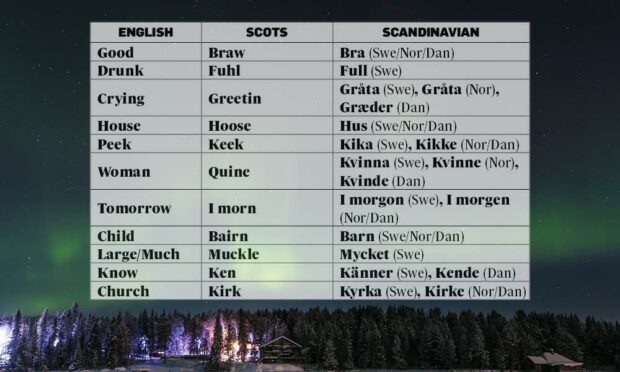
For centuries there were political, cultural, and consequently linguistic links across the North Sea.
The first Viking raid on Iona is thought to have taken place in 794. Much of the Hebrides and Caithness also came under Norse rule.
Orkney and Shetland continued to be earldoms under Norway until 1468.
This settlement resulted in the Scandinavian-derived Norn language being spoken on Orkney and Shetland until the 18th century, influencing the Shetlandic and Orcadian dialects to this day.
And with the Vikings also invading the mainland in great numbers, present-day Scotland has been left with a spoken language rich in Scandinavian influence.
‘Every word has its own history’
Dr Hannah Burrows is director of the Centre for Scandinavian Studies at the University of Aberdeen.
She said that while there are some logical explanations behind the similarities, ‘a complicated mix of factors’ over time led Scots and their Nordic cousins to use similar words.
“It’s a fascinating subject – it crops up a lot in discussions with my students. I keep meaning to look more into it,” said Dr Burrows.
“Old English and Old Norse are themselves related, having a common ancestor like other Germanic languages.
“The medieval kingdom of Northumbria extended as far north as the Firth of Forth in the ninth century. So the Northumbrian dialect would have been spoken in what is now south-east Scotland. And Scots is consequently closest to that dialect.
“Northumbrian in turn was influenced by Old Norse because of the Scandinavian settlement there. The kingdom of Northumbria was ruled by Scandinavian kings from the mid-ninth century.
“So it’s likely that usage and pronunciation of common words in that area were influenced and reinforced by Norse usage.
“Further south, contact with other languages, a higher population density, a more culturally diverse population, and the connection with the capital [London] would have contributed to other shifts.
“All this happens over time of course, and is an ongoing process. There’s a complicated mix of factors and every word has its own history.”
She added: “To cut a long story short, we have two related languages – Old English and Old Norse – coming into contact in Northumbria, and in Orkney and the Western Isles, where the usage of Old Norse influences Old English speakers, in terms of both vocabulary and pronunciation.
“This developed into Scots, with many similarities in northern English dialects.”
Scottish place names not so Scottish?
Our place names also betray the Scandinavian influence.
For example, Stornoway is an anglicised adaption of the Old Norse, stjarna (star) and vágr (bay).
And it would be hard to concoct a more Viking-sounding place name than Wick. Its root is derived from the Old Norse word vik (small creek/inlet) and is used to describe the raiders themselves.
Lerwick and Uig also share the same origin.
Then there’s Dingwall (assembly field/meeting place) and Kirkwall (church’s bay).
In recognition of the strong cultural ties with our “cousins” across the North Sea, journalist Lesley Riddoch set up the think tank Nordic Horizons in 2010. Their aim is to push for closer links between Scotland and its northern neighbours.
She said: “It’s like two cousins who have gone their own ways. Only one of them still has his own hair, but they’re still cousins.
“In many ways, Scotland is the southern, fertile end of the Nordic empire.”
It is perhaps unsurprising that certain parts of Scotland feel as Scandinavian as they do British.
Jo Grimond, former Liberal MP for Orkney and Shetland, was asked to give the name of his nearest train station on a parliamentary expenses form. He wrote: “Bergen, Norway”.
More from the Schools and Family team
First Class: The P1 intake from the north and north east.
